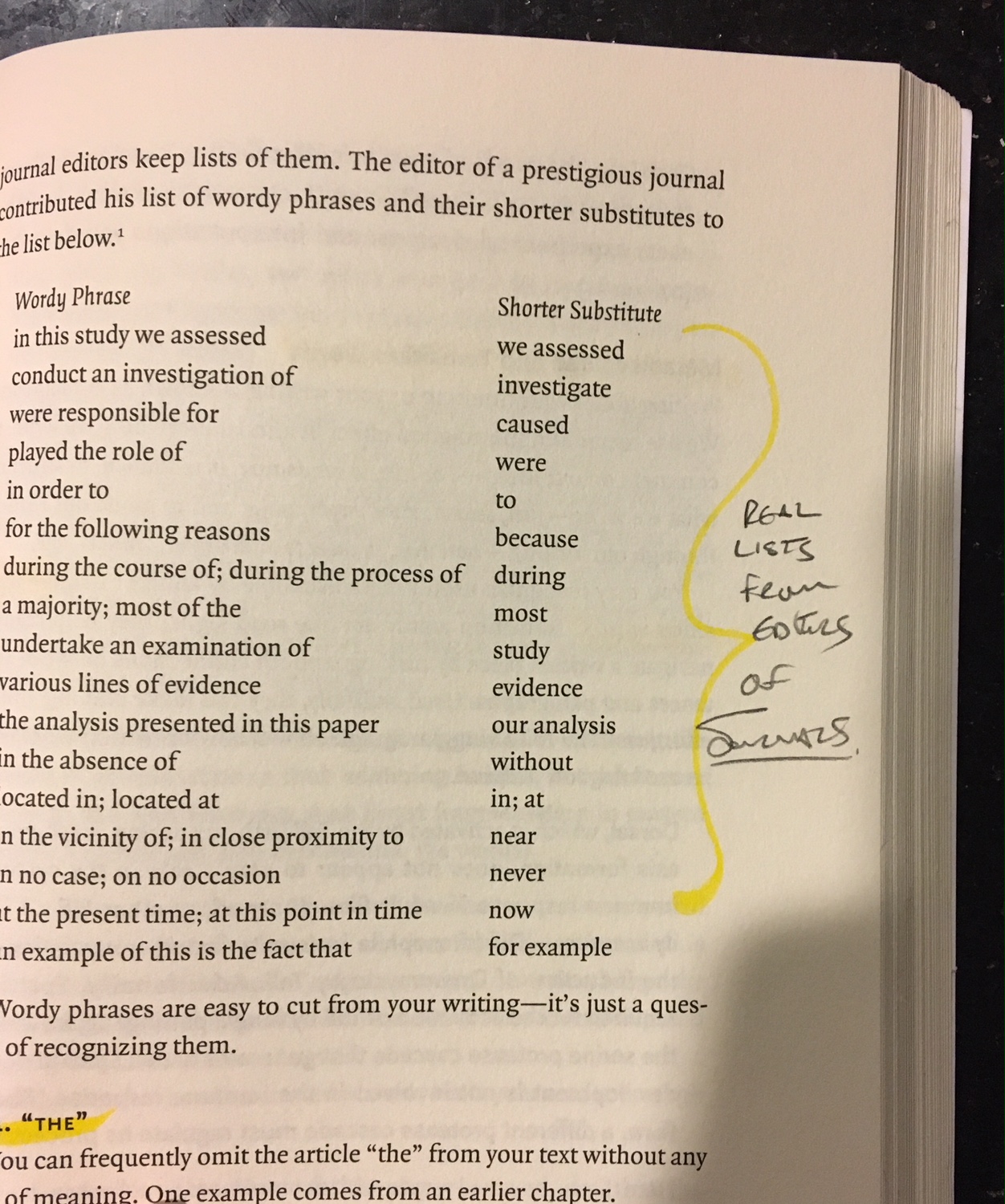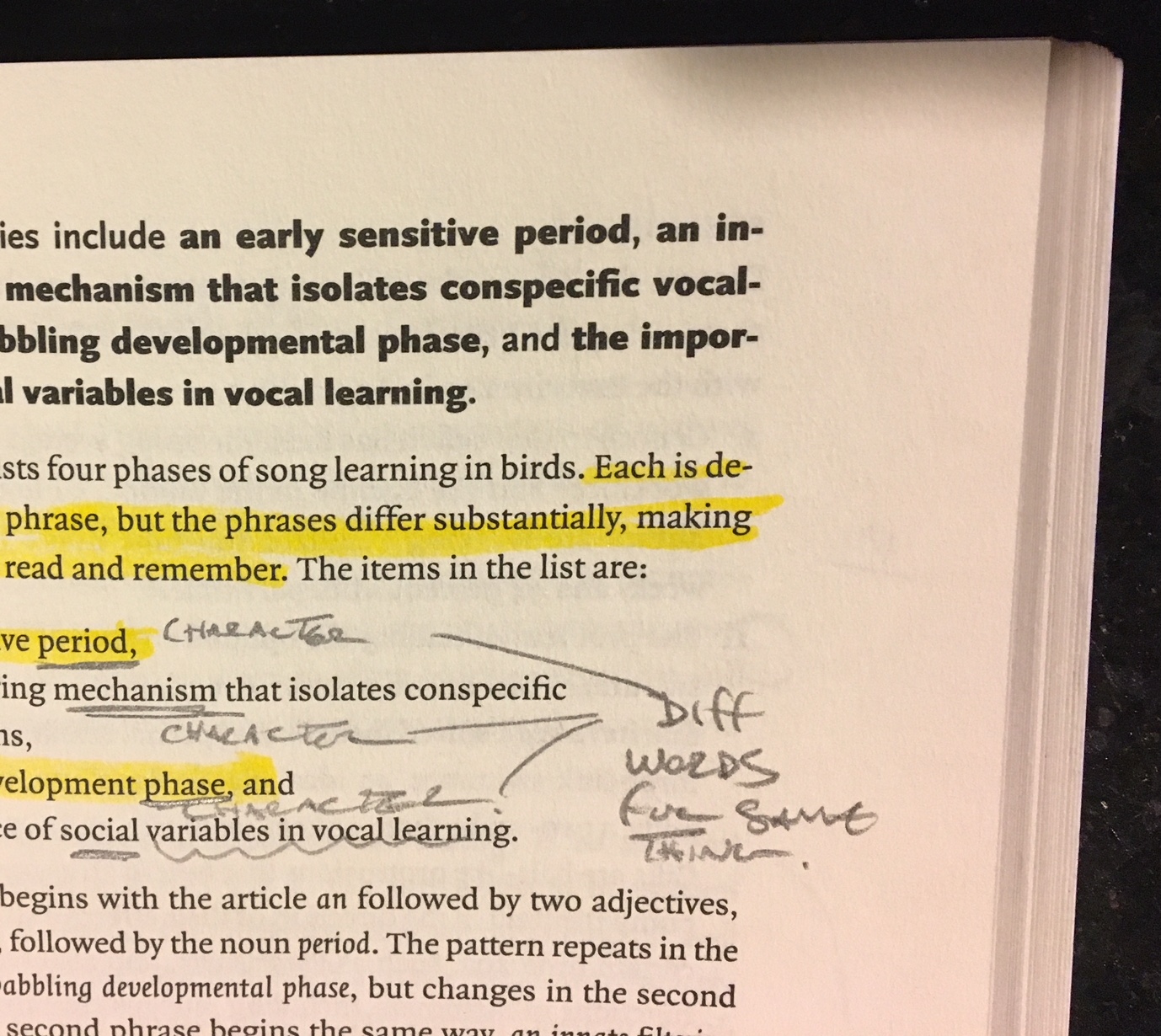SciComm Lit Review: Skylar Bayer reviews “Writing Science in Plain English”
I feel like I have found a reference to keep on my shelf for the rest of my career […] In fact, after reading Writing Science in Plain English, I want to go back and edit every journal article I have ever written. ~S. Bayer
What is the reviewer’s motive (expertise, curiosity, sharing lessons learned, etc.) and perspective (research scientist, educator, science communicator, etc.)?
I am a scientist, a researcher, a science communicator, and a hopeful future educator. Currently I am a Sea Grant Knauss marine science policy fellow. I love learning how to communicate science in different and more effective ways. I went to school during an era without much instruction on the rules of grammar, and most of what I learned about the rules of writing in English was through osmosis. For at least a decade I have longed for a simple, effective guide on science writing.
Who can benefit from reading and referencing this SciComm Lit (researchers, reporters, science communicators, educators, students, etc.)?
Writing Science in Plain English will be helpful for guiding any form of writing through which science needs to be communicated clearly to an audience – manuscripts, blog posts, popular science, etc. Undergraduate and graduate students may benefit the most from referencing Writing Science in Plain English. I wish I’d had this book when I struggled with learning how to craft more exciting (but accurate) text for my early papers.

Some of Skylar’s marginal notes
I feel like I have found a reference to keep on my shelf for the rest of my career. As an educator, I would use this as a guide for teaching science writing and for editing student papers. As a researcher, I will definitely reference this book as I continue to write manuscripts. In fact, after reading Writing Science in Plain English, I want to go back and edit every journal article I have ever written.
Marginal Notes (the good & the bad): favorite takeaways and productive points of disagreement.
In Writing Science in Plain English, Dr. Anne Greene states that “poor scientific writing is partly to blame for the decline in science literacy in the United States and the long-standing communication gap between scientists and the general public.” She points out that other guides on scientific writing focus on what a scientist writes (i.e. papers, theses, reports), but they do not concentrate on why scientific writing is so hard to understand or how to improve it. Dr. Greene explains both the how and the why of good science writing by boiling down the essentials from many sources, ranging from English writing guides to word-choice lists from science journal editors.
The basics. Mastering the basics is critical for building any skillset, and this guide reviews the basics of science writing, including simple grammatical rules (in Appendix 1).
Dr. Greene provides many great examples of techniques for crafting better sentences, including how to: break up noun strings, introduce information, keep terms consistent, create understandable lists, and finally, construct paragraphs that are interesting to read. The ultimate goal of writing better sentences is, of course, to help your readers (your audience) follow your train of thought and stay emotionally engaged.
In addition to grammar and style, Dr. Greene emphasizes valuing the “before you write” stage, which as a storyteller, I appreciate immensely. Greene argues that it is very important to first identify your audience because the audience ultimately dictates your register (i.e. informal, popular, conventional, abstract) and your tone (i.e. unsure vs. confident). I find that thinking about these concepts before I write helps me create more engaging text.

More marginal notes
Abstract nouns. One of my favorite chapters is “Tell a Story.” Good stories have distinctive characters and strong, descriptive verbs. By characters, Dr. Greene means subjects (nouns) in a sentence like nerve cells, carbon dioxide molecules, or sea turtles.
In science writing, we tend to rely more heavily on abstract nouns than on distinctive characters. Abstract nouns name intangible things, such as understanding, observation, interpretation, assumption, prediction, and demonstration. The problem is that readers often struggle to connect with abstract concepts, but can more easily relate to characters like cells, molecules, or turtles.
I’ll be the first to admit, I’m guilty of using abstract nouns too often in my science writing, but thanks to this guide, I better understand why they are confusing to readers and how to avoid overusing them.
The passive voice. We use the passive voice all the time in science! Dr. Greene describes the very few times when you should use passive voice, and why. This section alone will be invaluable for students who need to unlearn what they’ve read in many published journal articles.
Practice. Practice. Practice. Finally, my most beloved part of this book is the practice exercise section. Reading about how to write well is one thing, but having practice exercises makes this book even better. All the exercises are pulled from published science writing, and the answers are outlined in Appendix 2. If, like me, you value specific examples, you’ll find this section of the book very helpful for improving your own writing and your teaching of science writing.
Book Citation & Summary (from publisher):
Greene, A. E. (2013). Writing Science in Plain English. Chicago: University of Chicago Press.
Scientific writing is often dry, wordy, and difficult to understand. But, as Anne E. Greene shows in Writing Science in Plain English,writers from all scientific disciplines can learn to produce clear, concise prose by mastering just a few simple principles.
This short, focused guide presents a dozen such principles based on what readers need in order to understand complex information, including concrete subjects, strong verbs, consistent terms, and organized paragraphs. The author, a biologist and an experienced teacher of scientific writing, illustrates each principle with real-life examples of both good and bad writing and shows how to revise bad writing to make it clearer and more concise. She ends each chapter with practice exercises so that readers can come away with new writing skills after just one sitting.
Writing Science in Plain English can help writers at all levels of their academic and professional careers—undergraduate students working on research reports, established scientists writing articles and grant proposals, or agency employees working to follow the Plain Writing Act. This essential resource is the perfect companion for all who seek to write science effectively.
